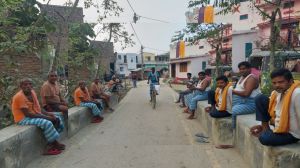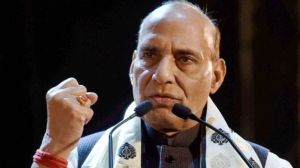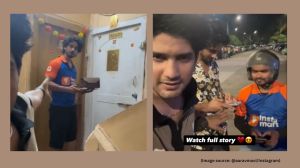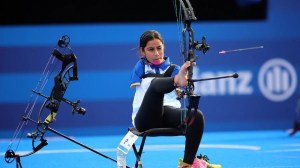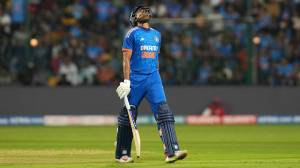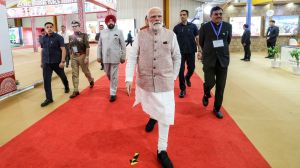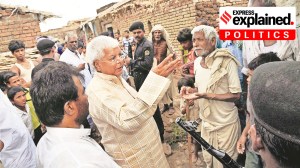SHARP FOCUS
A retrospective of over 250 photographs brings us the best work of the photographer who doesn’t believe in pretty pictures. Raghu Rai takes us through his India

Past the dadabari jain Temple in New Delhi’s Mehrauli area, the narrow lane veers right and leads to a nondescript apartment overlooking the Ridge. A wooden plaque directs you to the top-floor workplace of one of India’s leading photographers, Raghu Rai. Inside, the view from the French window tells you why the 66-year-old has chosen the place. The Qutub Minar soars above the carpet of green and other historical monuments are in the backdrop, untended and overgrown. It’s the perfect frame.
In less than a week, Rai, a photographer known for his documentary images that have mapped the life and times of India, will be showcasing his retrospective exhibition at the National Gallery of Modern Art, Delhi. Over 250 photographs, both in colour and black-and-white, taken over four decades, will go on the floor on March 1 and Penguin will bring out two volumes of his images, one in monochrome and the other in colour, titled Raghu Rai’s India.
Rai does not seem too excited at the attention. “I am not fond of exhibitions. When you put up your work for a show, you stand naked to the public gaze. In India, people don’t look at images seriously and I don’t like to bare my soul for a cursory glance,” he says.
The final prints of the books lie on the table, and, almost reluctantly, Rai takes you through his works. Images of India leap into focus, some familiar, others remote—from a pensive Indira Gandhi at the 1967 Congress session to a traffic junction at Chawri Bazar in 1964 to Satyajit Ray caught off-guard. In one frame, several cars stand in the middle of a bare field, a charpai and a rundown cottage in the background. The image was taken in a village in UP through the rearview mirror. “A photograph has to tell the story of its age. I don’t care if they are not happy, snappy romantic images like the ones that we are churning out now in the name of creativity. If it has nothing to say, it’s just a pretty postcard image,” he shrugs.
One particular image taken in 1975 haunts you long after you have left the place: two old men crossing each other in a street; one bent with age and supported by his walking stick, the other, suited and sprightly, walking upright. “Every medium has a focus,” says the man, who usually captures his subjects unaware. “For photography, it is to capture a piece of history for posterity. Written history can be manipulated. Photos can’t be. I don’t care if photography is not called an art, and I disagree with those who say art is only about capturing beauty. Art is expression and innovation. Photography goes way beyond both,” he says.
Organising the retrospective has taken him over a year and a half. It collates a representative section of his work, beginning with the earliest to more recent ones, in which he has worked extensively on panoramas. We halt at the image of a baby donkey, Rai’s first photograph, taken with his brother’s spare Agfa Super Silleette on a trip to a village in the outskirts of Delhi. The photo was printed in the London Times. “I try looking at my photographs like an outsider. There might be many images which are nice and interesting, but only the precious and the relevant can be put forward. But in India at any one time, so many cultures and centuries live simultaneously, that you can never run out of subject matters ,” says the Nikon loyalist who has now moved to a digital version of the camera.
His experience, he says, is a product of years of labour and many mistakes. “When you are young, you want to capture things which are attractive. Experience teaches you patience, and the fact that reality has many stories to tell at the same time,” he says, pointing to an image of a cluster of birds feeding on grains. At the centre, away from the others, a single black bird sits, pecking away. It’s a layered story.
But despite the vast body of his work, Rai insists he does not look back. “You have to let go of even your finest moments or you won’t move forward. I go back only when I haven’t satiated the potential (of the present). Otherwise, I don’t believe in nostalgic nonsense,” he says.



- 01
- 02
- 03
- 04
- 05








